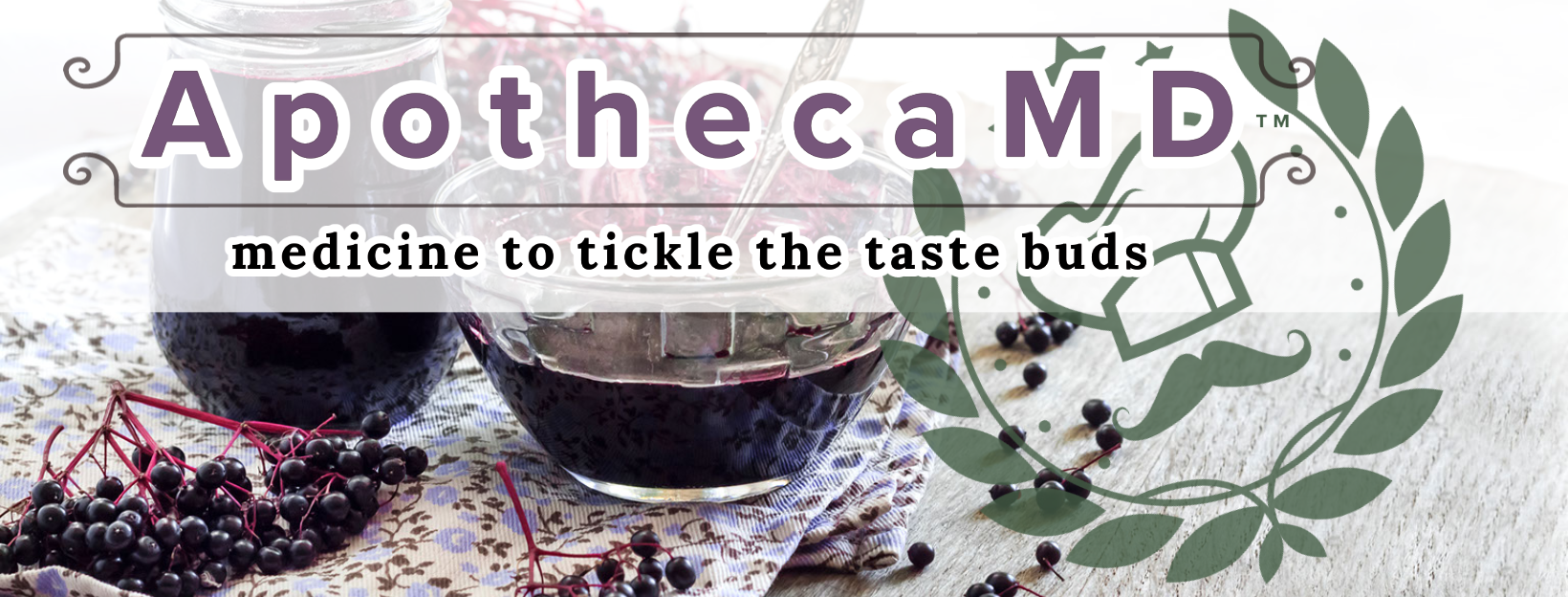Variation in antioxidant capacity, antioxidant activity and mineral composition during flower development of oil-bearing rose (Rosa damascena Mill.)
Sci Rep. 2023 Oct 12;13(1):17255. doi: 10.1038/s41598-023-44461-4.
ABSTRACT
Oil-bearing rose is an economically important rose species with a wide range of uses such as cosmetics, perfumery, food and health, but the changes in antioxidant capacity and antioxidant activity during flower development are not well understood. The antioxidant content and free radical scavenging properties of oil-bearing rose flowers are used in the cosmetic industry to modulate skin damage, and in the food industry as a source of antioxidants and sweeteners. The present investigation was carried out to explore the antioxidant capacity, antioxidant enzyme activity, and the composition and distribution of minerals in petals of oil-bearing rose at five flower development stages. The total antioxidant capacity of petals was determined using CUPRAC, DPPH, FRAP, FIC and ABTS methods. The antioxidant capacity of petals decreased during the flower development, suggesting that flowers in stage I and II are valuable sources of antioxidants. CUPRAC, DPPH, FRAP, FIC and ABTS scavenging activity of the petals at various developmental stages are strongly and positively correlated with each other. The activity of the antioxidant enzymes; superoxide dismutase, catalase, glutathione reductase, ascorbate peroxidase was highest at the bud stage (stage I), whereas the fully opened flowers (stage V) exhibited the lowest activity in oil-bearing rose petals. During the development of flower, malondialdehyde (MDA) content increased significantly from stage I to stage III and decreased at stage IV. Here we detected the contents of 15 elements in petals, some of them, especially calcium, magnesium, potassium and phosphorus showed significant changes during rose flowering. Generally, the highest mineral content was observed in stage I while the lowest content observed in stage V of flower development. These results showed a close link between flower development, antioxidant capacity, enzymatic antioxidant activity and mineral content, with stage I exhibiting the best antioxidant activity, mineral content and free radical scavenging potential. This work will serve as a baseline for understanding the possible roles of antioxidant capacity, antioxidant enzymes, mineral content and their interactions in the regulation of flower development.
PMID:37828040 | DOI:10.1038/s41598-023-44461-4

